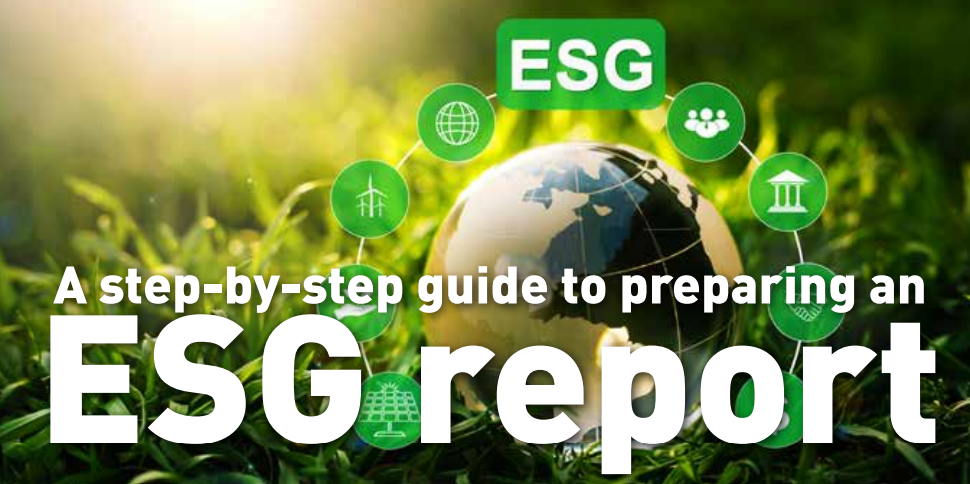A step-by-step guide to preparing an ESG report

Reporting on the environment, society, and corporate governance are disclosed through ESG reporting. Its goal, like that of other disclosures, is to increase investor transparency, shed light on a company’s ESG initiatives, and encourage other organizations to follow suit. Reporting is also a powerful tool for proving that your ESG efforts are real and not just greenwashing and that you are on track to reach your goals.
Sustainability reporting is becoming a mainstay of corporate governance. With the increasing requirement to report on Environmental and Social Governance it is imperative for companies to develop the capacity and adopt frameworks to enable seamless disclosures and reporting.
Below we detail the key stages.
Initiation
- Developing an internal team who would be responsible for executing the project headed by preferably the CSO/CFO/CS.
- Identifying the primary objective of preparing the ESG report- compliance requirement/ strategic reasons/ marketing & PR/ capital access/ M&A/ improving valuation, etc.
- Finalizing single/multiple frameworks (GRI/TCFD/BRSR) for ESG disclosures.
- Determining/setting boundaries for ESG reporting. For ex. Whether or not to include supply chain partners.
Reporting Preparedness
- Checking readiness from a knowledge and process standpoint towards implementing one/multiple ESG framework(s).
- Look for existing ratings of the company (if available) as per independent rating agencies like MSCI, DJSI, Sustainalytics, EcoVadis, etc.
- Benchmarking ESG practices in comparison to other global/ regional players in the industry/sector.
- Identifying ESG data gaps within the company and the value-chain partners.
- Assessment to chart out the present status and to be well informed of shortcomings and steps needed to address them.
Materiality Assessment
- Creating communication channels for each stakeholder to get their opinions on the company’s ESG strategy
- Engaging stakeholders to account for their viewpoints to prioritize certain topics where special emphasis is needed
- Mapping materiality topics/issues in accordance to business-criticality
- Setting up goals and KPIs for business-relevant material topics as identified by the leadership
Capacity Building (optional)
- Structured training modules for BOD, Chairman, C-Suite to facilitate mature ESG strategies for the company
- Skill development for employees and value-chain partners to help them be well versed in the changing ESG landscape
Policy formulation & Implementation
- Assessing the coverage of existing policies and suggesting enhancements to make it more comprehensive or meet framework-specific demands
- Chalking out new ESG-centric policies to cater to compliance requirements and/or for strategic reasons
- Ensuring the scope of policies and their implementation extend to all the stakeholders identified-be it internal (investors. employees) or external (customers)
Data Management
- Educating the internal team on required data points for smooth execution of the data management process
- Manual/Automated ESG data collation from various departments-IT, sales, operations, HR & admin, finance, legal, procurement, etc.
- Calculation/Quantification of necessary data points, particularly on the environmental front viz. Emissions & LCA.
This is the most time-consuming phase of ESG reporting
Reporting & Assurance
- Progress monitoring at regular intervals and getting access to periodic (monthly/quarterly/half-yearly) reports
- Producing a well-furnished annual ESG Report incorporating all relevant information/disclosure as per the framework(s)
- Receiving third-party assurance (limited/reasonable) to validate the data and inking the stamp of authenticity & reliability to build trust among stakeholders

